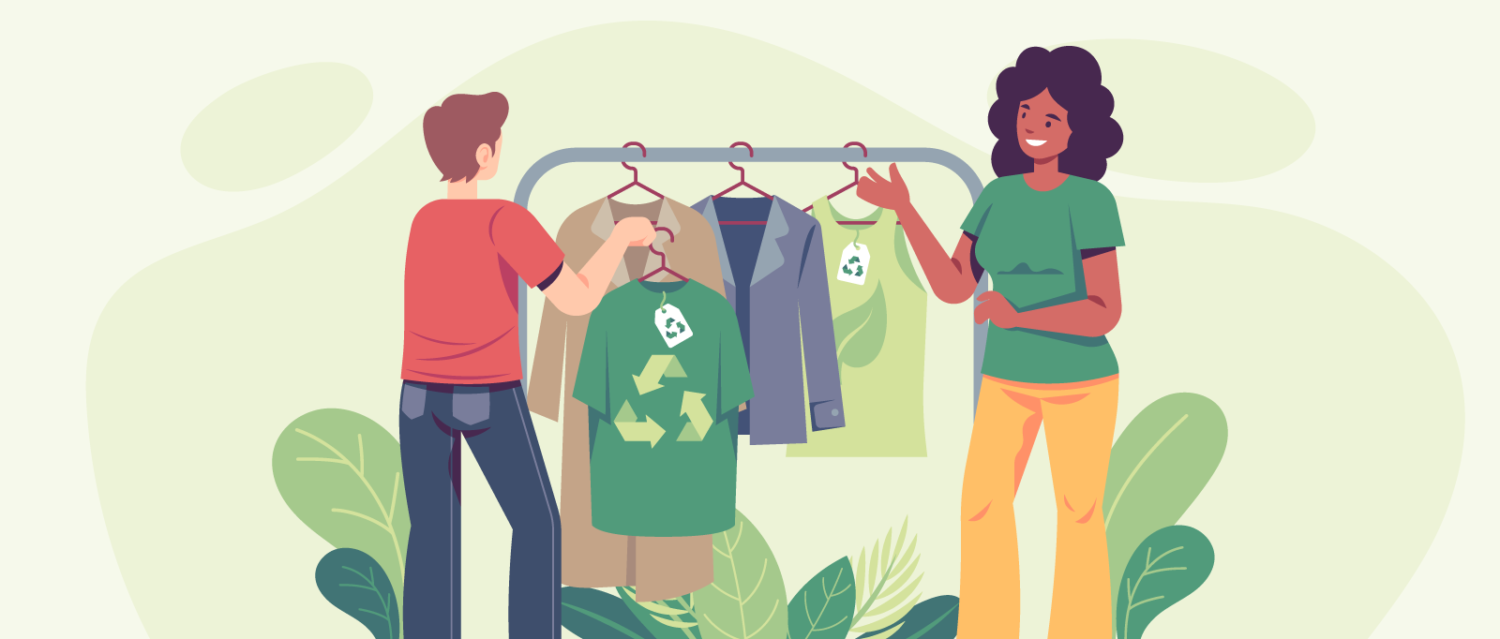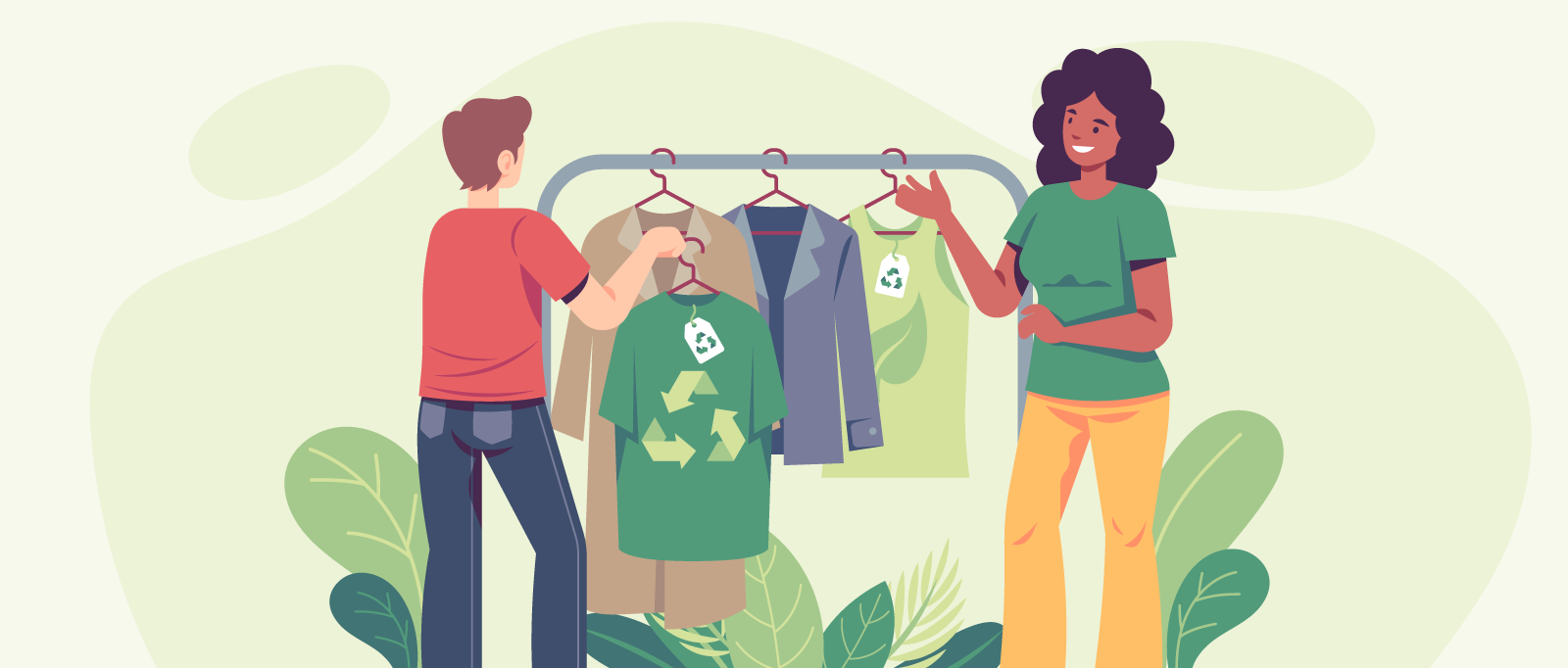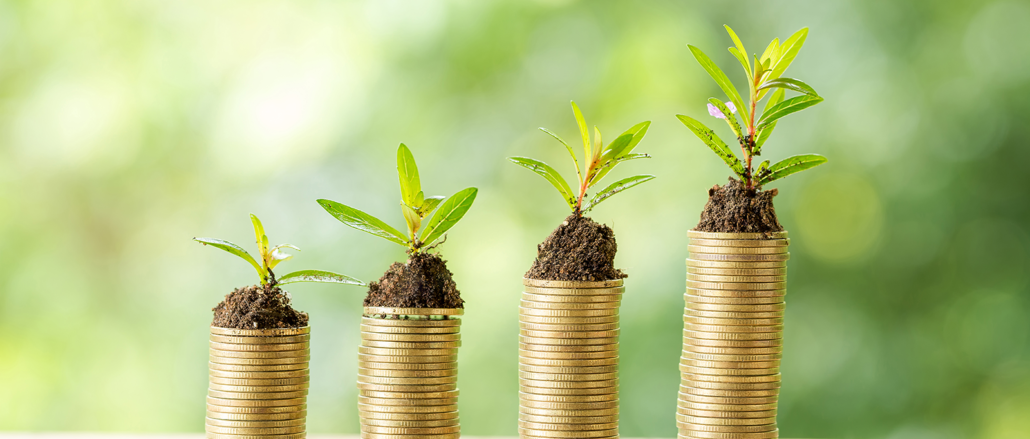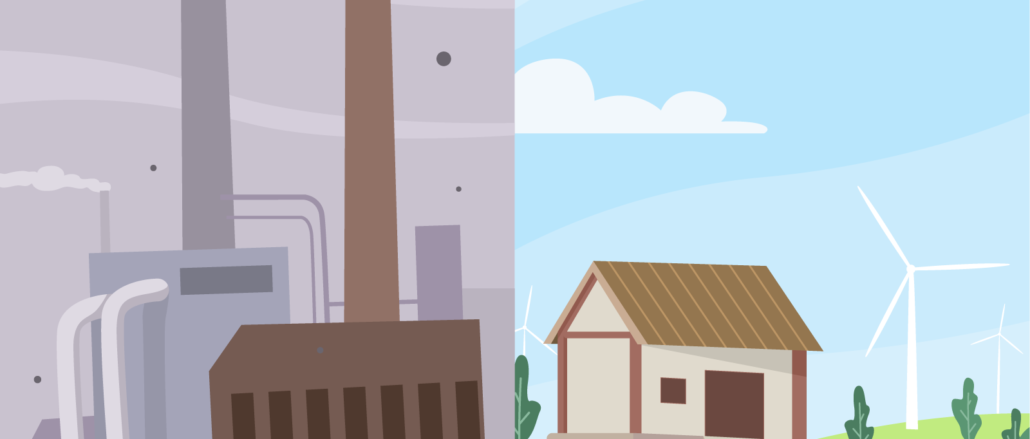
Eco-design aims to reduce a product’s environmental impact right from the design stage, and throughout its life cycle : from the extraction of raw materials to its marketing and end-of-life.
According to the ISO14006 v2020eco-design refers to « a systematic approach that takes into account the environmental aspects of the design and development process, with the aim of reducing negative environmental impacts throughout a product’s life cycle ».
What are the benefits?
- Environmental gains: in the preservation of resources, biodiversity and soil, and the prevention of environmentally harmful waste.
- Increased product knowledge: a fresh look at products, where they come from and how they are consumed.
- Positive effects between companies and their partners: the scope of action extends beyond the company, and enables the development of a relationship of trust with the other trades required for eco-design.
How can eco-design be encouraged?
Eco-design has many advantages and is a viable alternative for businesses. But many are reluctant to take the plunge, unwilling to shake up their strategic habits. To this end, the French government and ADEME are helping to put in place new communication strategies to encourage businesses to commit to eco-design and to a more responsible business model for the planet.
- Data transparency: the buyer is aware of the environmental impact of the production of the product he or she is buying, and raises awareness of the environmental causes of over-consumption.
- Communication around the object: this enables the buyer to know how to take care of his product, and extend its useful life.
- The law also makes training available in certain business sectors, with modules focusing on eco-design and the circular economy.
While eco-design has traditionally been applied to products and packaging, the practice is beginning to expand to include services and systems as well.
Questions about CircularPlace?
Want to follow us?
Subscribe to our newsletter!



